
Sales prospecting and lead generation are both designed to fill your sales pipeline with potential customers. But they’re not the same thing.
So what’s the difference?
Good question.
Talk to a lot of people and you’ll end up more confused than before, as they’re often used interchangeably.
It’s important to get it right, though, as the right process for your company depends on your product, customer base, stage of growth, and more.
Get it wrong and you could be wasting valuable time and resources.
We asked our top prospectors to clear up the differences between sales prospecting vs lead generation.
Read this to kiss goodbye to your doubts about:
Let there be light…

Sales prospecting is the process of identifying and contacting potential new customers, known as prospects. A prospect is any individual or organization that’s a good fit for and can benefit from your solution.
Prospecting activities are the first stage of the sales process and are carried out by sales teams. Mostly, but not exclusively, sales development representatives (SDRs). Account executives (AEs) also prospect in many companies.
Sales prospectors seek out, contact, and qualify prospects with the aim of setting up meetings with their AEs, who then take over and guide prospects through the sales funnel until they close the deal.
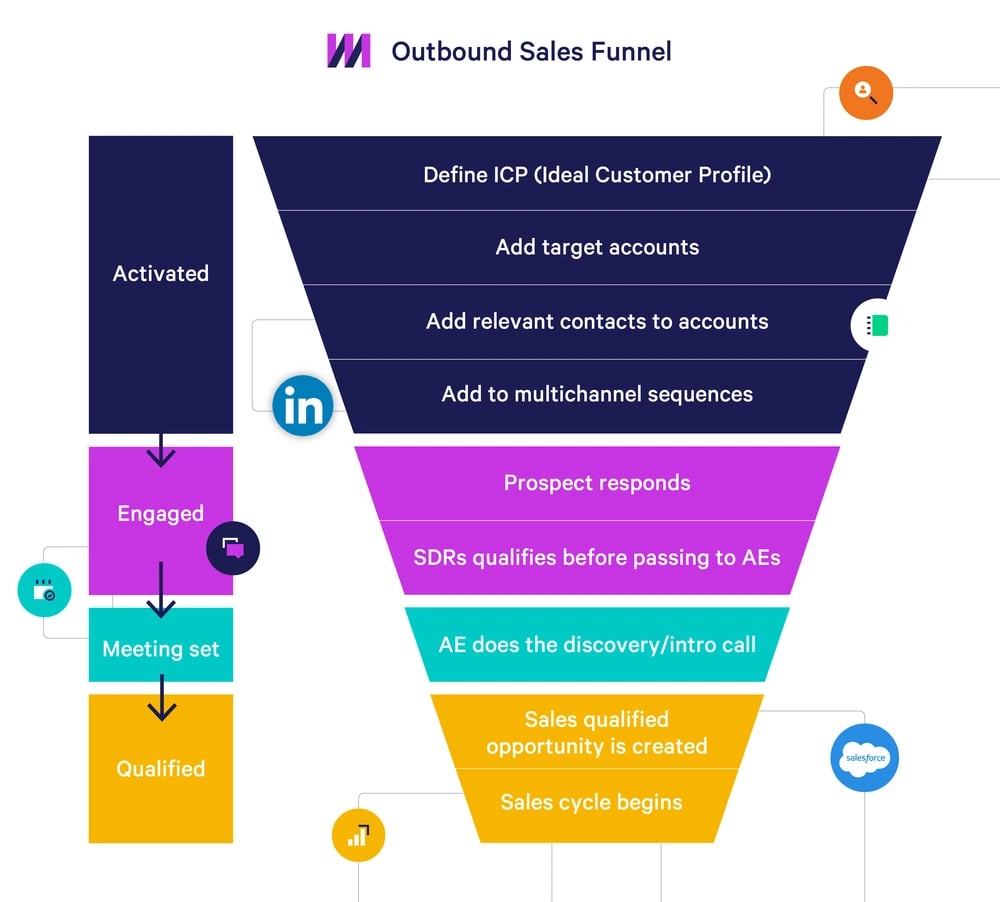
Sales prospecting is a very time-consuming process involving a lot of different activities. Some happen at the level of the company or sales team, others are down to individual salespeople.
Here are just a few:
Tasks carried out at company or sales team level, or by a product marketer if your company has one:
Here’s our editable template we made earlier, especially for you:
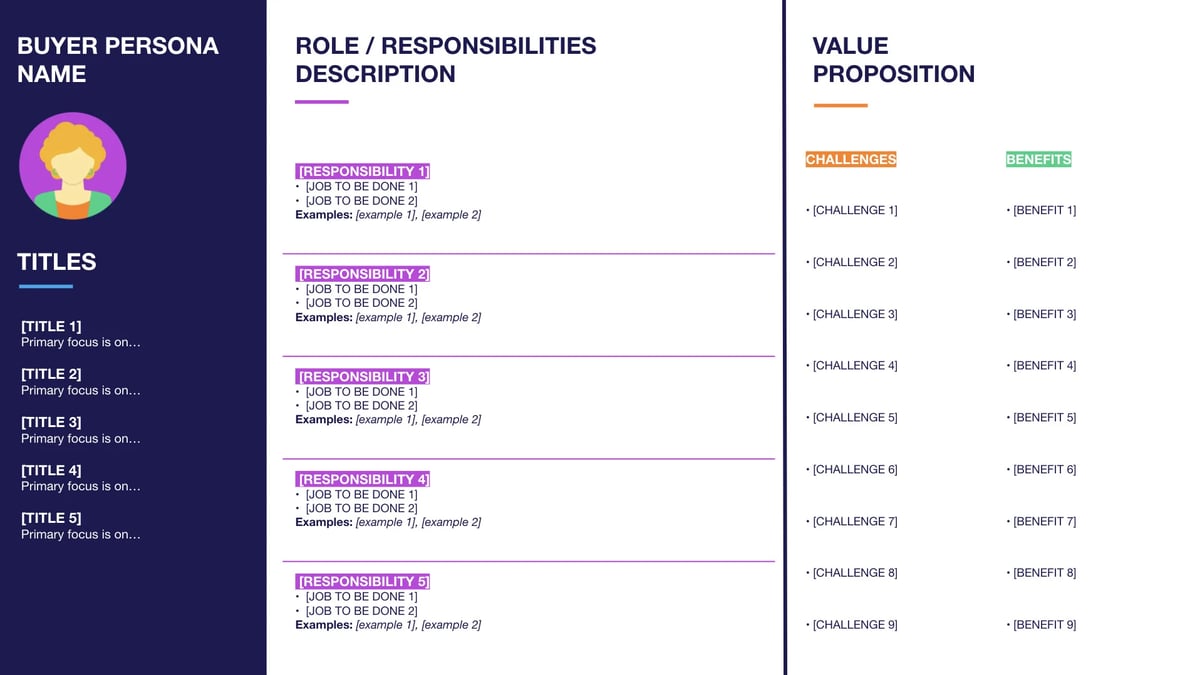
Tasks carried out by the sales leader or RevOps:
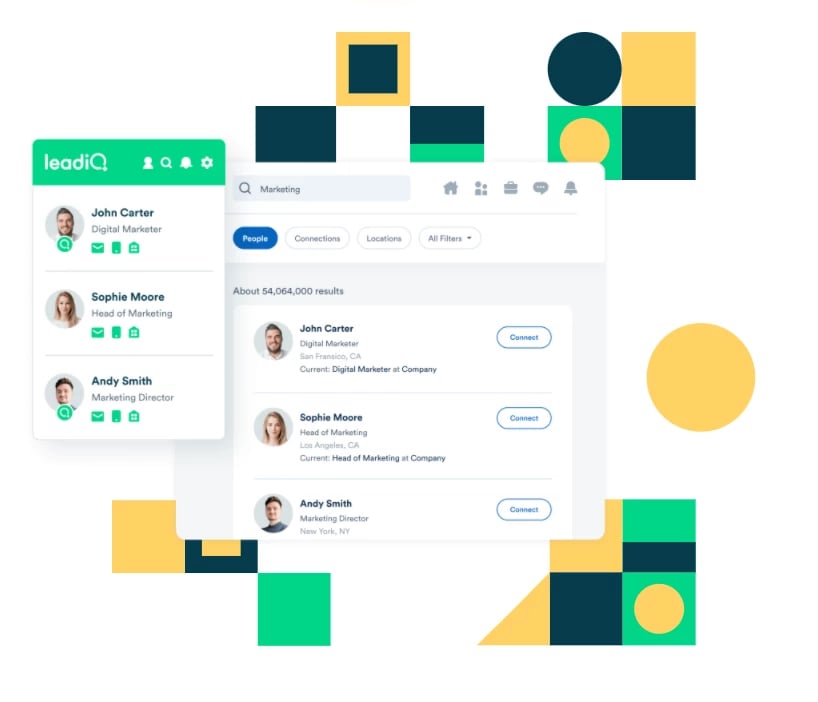
Tasks carried out by individual sales reps:
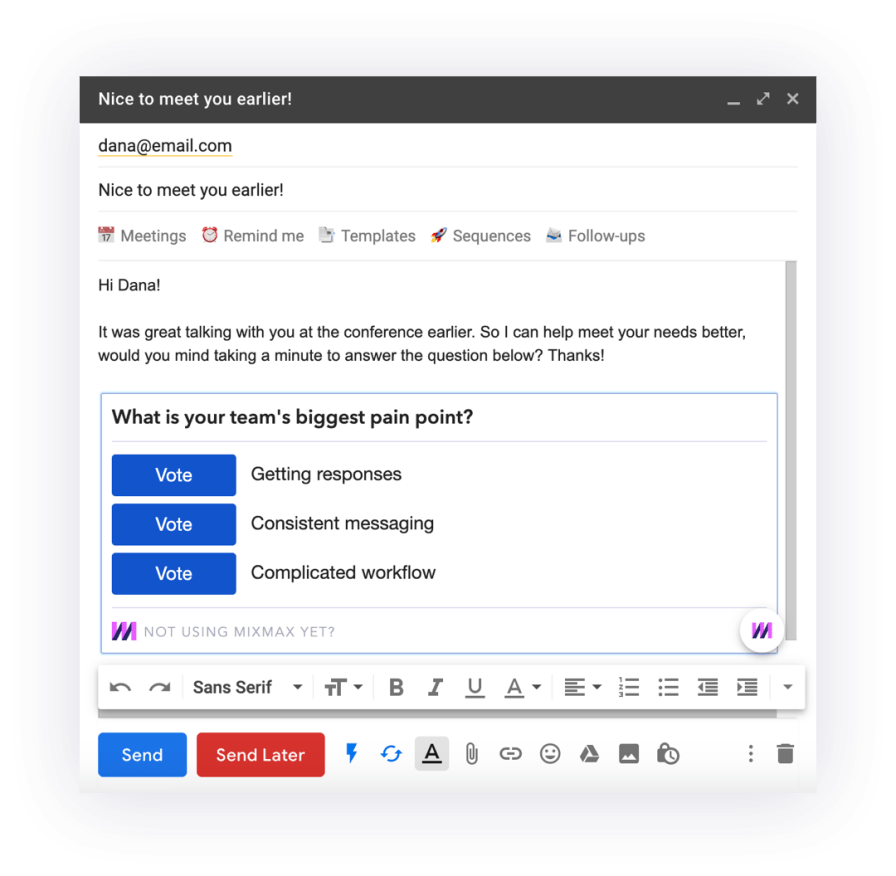
Mixmax in-email poll
Related Post: 75 Sales Prospecting Email Subject Lines to Get More Responses
Lead generation is carried out by the marketing team to build brand awareness, generate interest in and demand for a product, and capture contact information to build prospecting and marketing lists.
Lead generation strategies aim to create a consistent pipeline of leads that have a high chance of converting into customers following qualification and nurturing by the sales team.
Inbound leads are known as marketing qualified leads (MQL) since they’ve demonstrated interest in your product and company by interacting with you in some way.
Some tactics in the marketer’s arsenal include:
Preparation:
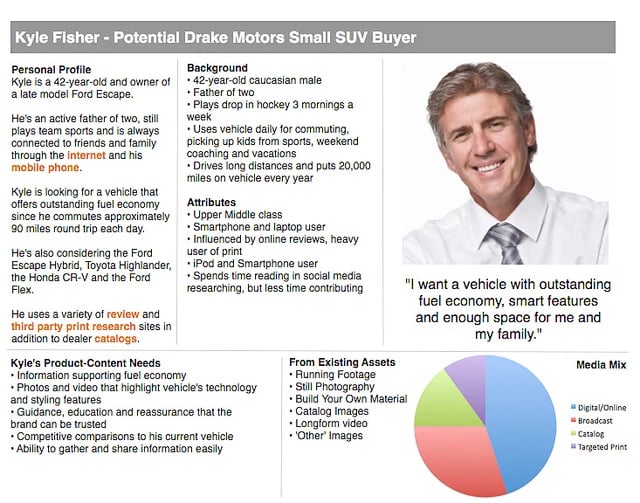
Outbound activities:
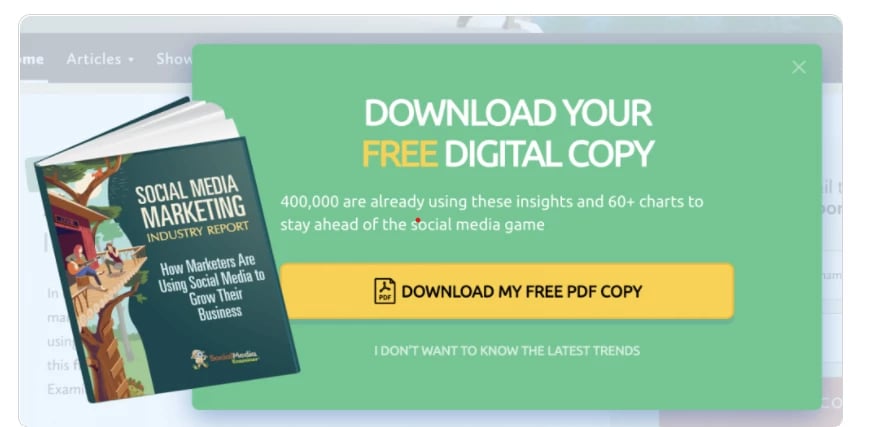
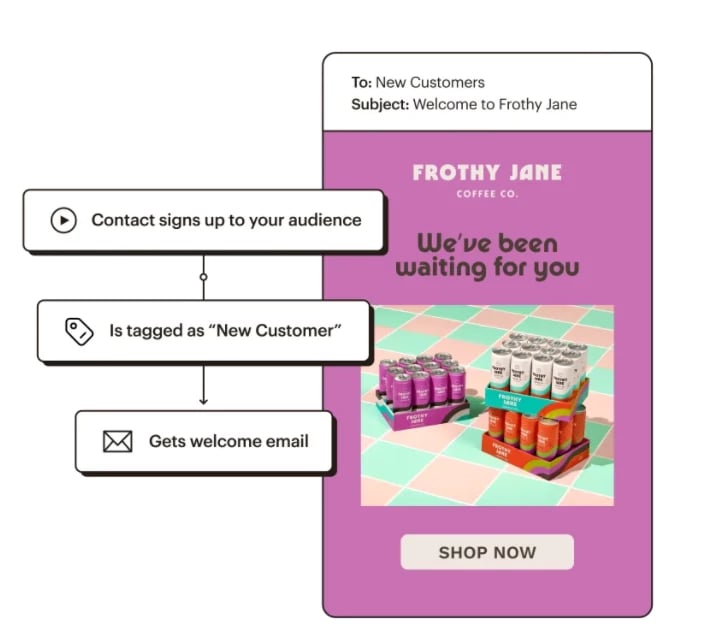
Sales prospecting and lead generation are both designed to pack your pipeline with prospects, but they differ in several ways.
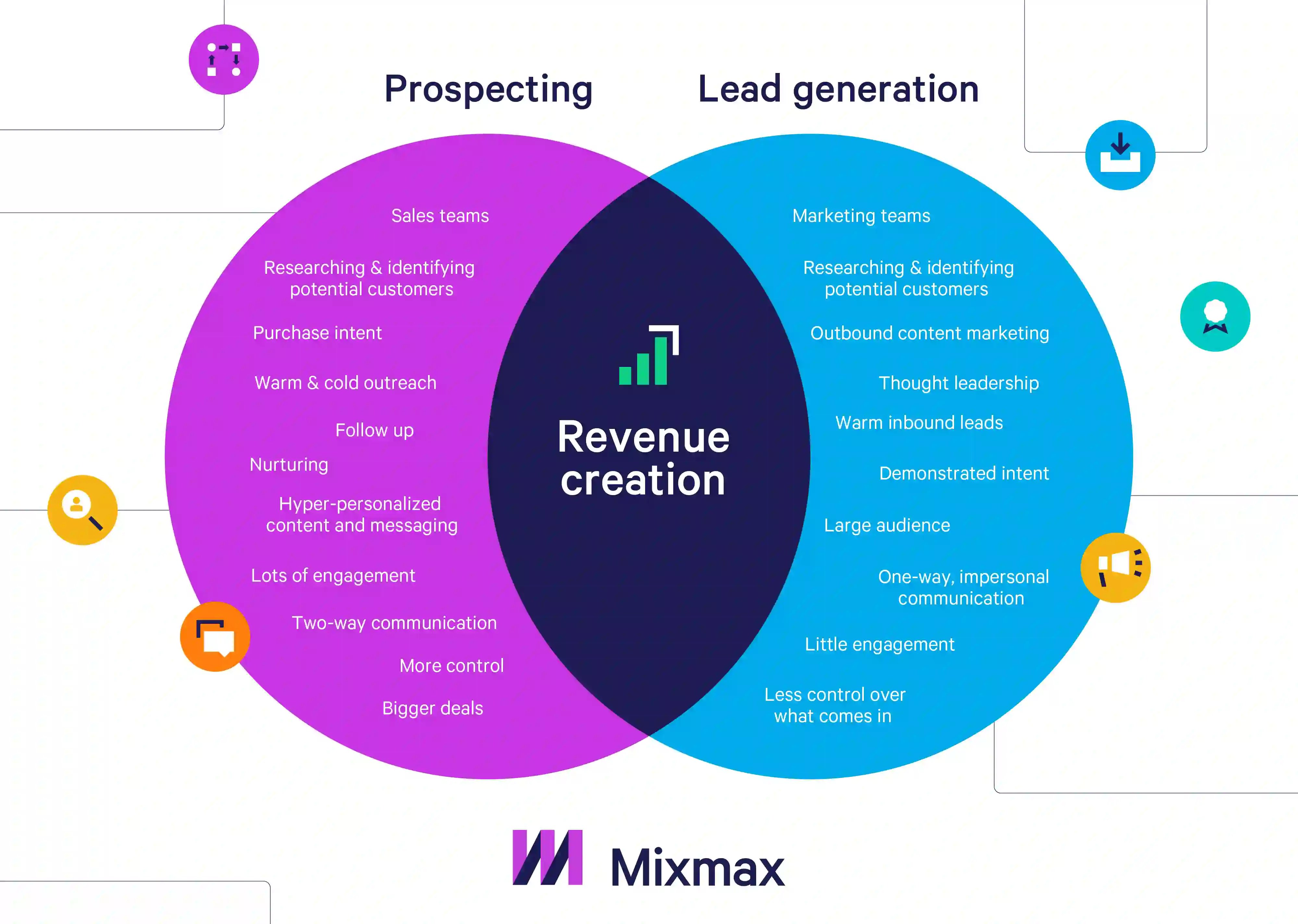


Prospecting, however, involves a lot more personalization and one-to-one engagement via email, phone and video calls, LinkedIn messaging, etc. When a prospect engages with content shared via Mixmax, real-time engagement alerts mean they’ll get a personalized follow-up call from the sales rep.
The amount of engagement and personalization means there’s a lot to keep on top of. That’s why busy sales teams use tools like Mixmax to personalize multi-channel outreach at scale.
Features like in-email CTAs, calendar scheduling, visuals, polls & surveys, and funny GIFs also reduce friction, achieve pattern interruption, and maximize the chances of getting a response. And performance tracking tells them which templates, sales prospecting email subject lines, content, etc. are working.
Mixmax also takes a load off by automating workflows, reminders, and follow-up, and syncing to your CRM to save time and eliminate busywork.
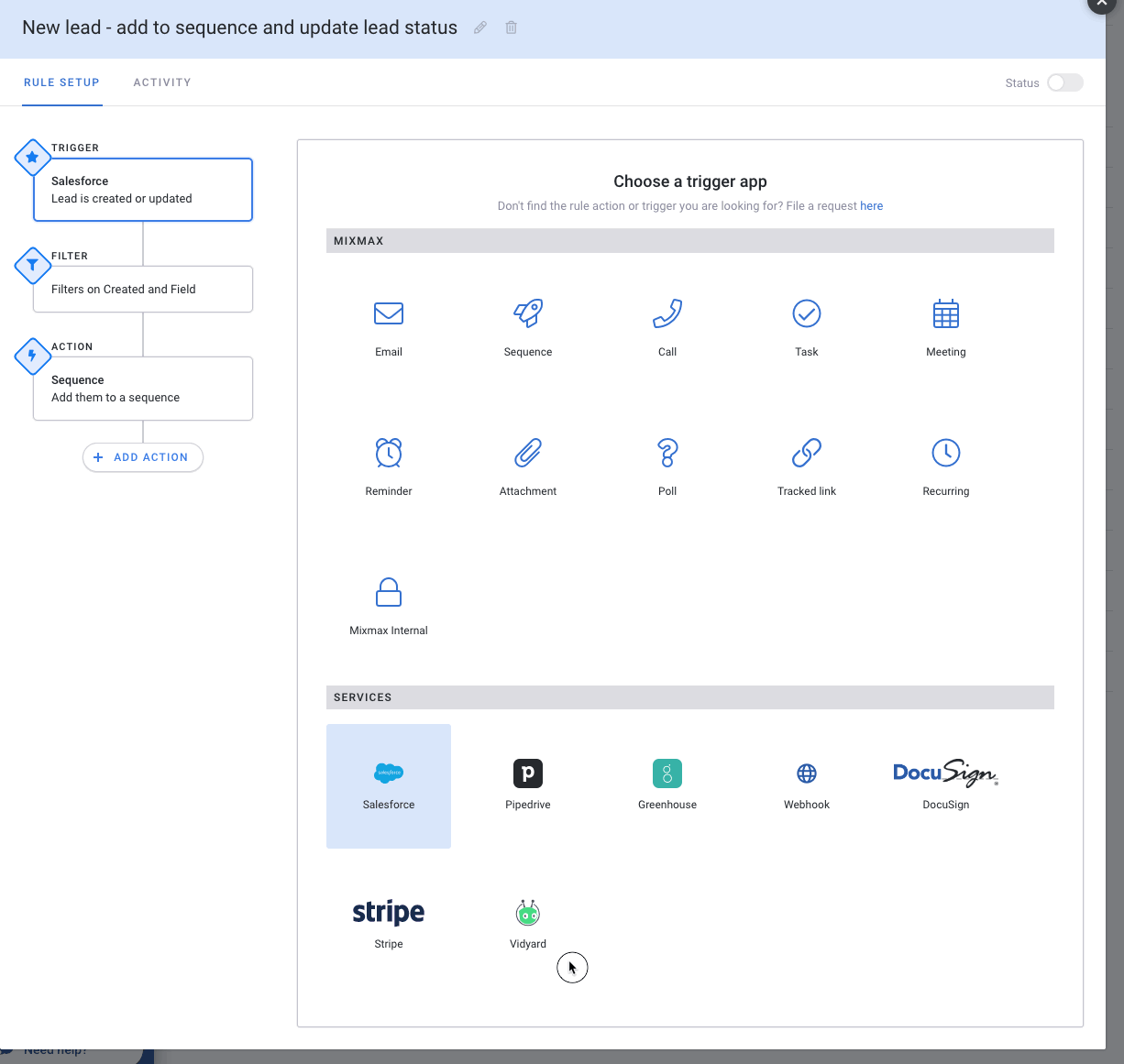
Mixmax Rules
Related Post: The Ultimate Guide to Sales Qualification: Steps and Questions
In an ideal world, sales and marketing departments should work together as one aligned revenue creation monster. When everyone’s on the same page, sales prospecting is helped tremendously by marketing strategies that build brand awareness and thought leadership.
When an SDR sends out a cold email to a new prospect, the first thing that prospect will do is check out your company webpage or social media. If they find good content that gets them excited about the email they received, they’re more likely to respond.
And, as we said, prospecting is a short-term process, so having lead generation strategies running in the background keeps a steady stream of MQLs coming in so the pipe never runs dry.
And while sales and marketing use different tools, ABMs like Triblio benefit both teams by tracking buyer behavior and engagement with marketing campaigns, which allows SDRs to reach out when purchase intent is high.
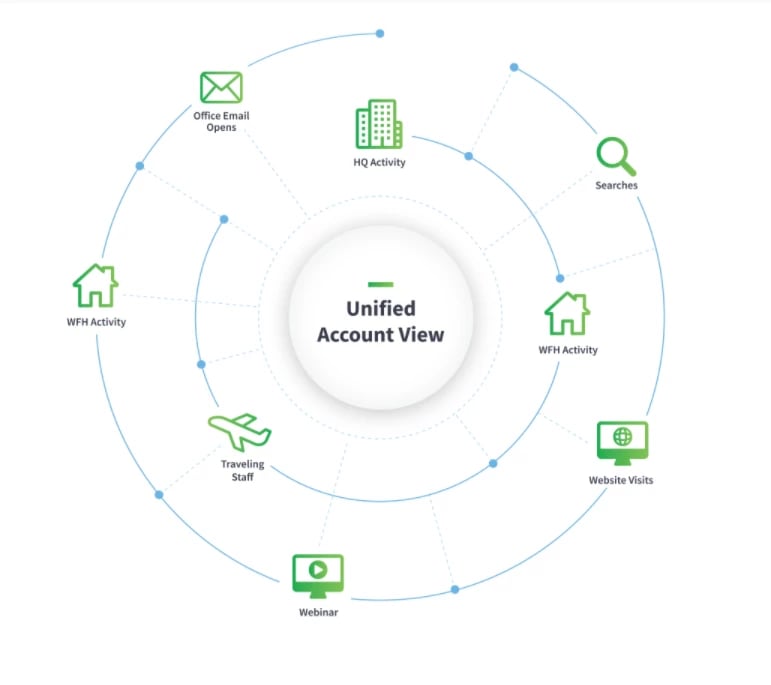
Every company, product, and ICP is different, so decisions about whether to invest in sales prospecting vs lead generation should be taken at C-suite level by execs who understand which go-to-market strategy is best for your business model and stage of growth.
There are no hard and fast rules here, but if:
Your prospects need a lot of one-to-one communication, education, and nurturing with tailored demos, proposals, and quotes.
You have a long sales cycle with a lot of decision makers involved.
You’re a very small business closing high-value deals.
You may prefer to focus on sales prospecting, so you can allocate resources to targeting selected prospects with messaging that’s highly tailored to their role, company, and challenges.
If, however:
Your product appeals to a very broad audience and you want to get your message out to as many people as possible.
Your go-to-market strategy is based on product-led growth, so the product almost sells itself.
Then you may be able to survive on lead generation for quite some time.
Urgency and the health of your pipeline will also dictate which you choose. Prospecting is like an energy bar, designed to give you a (relatively) quick boost. Lead generation is more of a long-term healthy eating plan: You won’t see the results for a while, but it should contribute to generating a steadier flow of new business.

In an ideal world, sales strategies and lead generation processes work together to keep your pipeline plump.
The world is far from ideal, though, so you need to know which to invest in and when.
Sales prospecting is a highly-targeted, short-term activity carried out by sales teams that involves a lot of personalization, engagement, one-to-one communication, and nurturing.
Lead generation is a more impersonal, one-to-many process designed to generate demand for your product and bring in large numbers of warm leads over a longer period of time.
Which is right for you will depend on your product, target audience, size and stage of growth, length and complexity of your sales cycle, and the deals you’re trying to land.
If you’re a fast-growing company using Gmail and Salesforce, give your sales teams an edge by investing in an all-in-one sales enablement platform like Mixmax that integrates with other popular tools to supercharge your prospecting.

.png?width=450&height=250&name=Episode%20Graphic%20(1).png)
